What color of Split-Window would you buy? Mecum has all 7
It’s Corvette Jeopardy! Here are your answers: Riverside Red. Ermine White. Silver Blue. Tuxedo Black. Sebring Silver. Saddle Tan. Daytona Blue.
The question: What are the seven colors Chevrolet painted its 1963 Corvette Split-Window coupes?
We mention this because, at the Corvette-heavy Mecum Kissimmee auction to be held January 2–14 in Florida, one of the most coveted groups of cars among the 4000 to be sold features seven Split-Window coupes, one in each available color. Mecum is calling it the Colorama Spilt-Window Collection, but we hesitate to call it a collection because it’s basically a group of Corvettes assembled by a dealer, ProTeam Corvette Sales, to sell through Mecum as individual lots. But the cars are getting a lot of traction in the Corvette-centric media, and with good reason.
Bill Mitchell’s design team, which included talented designers such as a very young Peter Brock and Larry Shinoda, designed a fastback Corvette that looked—well, marvelous. For the rear window, they decided to use two pieces of glass, split by a few inches of body-colored fiberglass and framed by aluminum strips. That was in 1963. For 1964, the split window was replaced by a solid piece of curved glass, thus making the 1963 Split-Window an immediate collectors’ item. They dubbed it the Sting Ray (two words; it wasn’t one word until 1969).
Some 10,594 Split-Window Corvettes were built, as well as roughly the same number of convertibles. There have been plenty of collectible Corvettes built in the car’s 70-year history, and the Split-Windows are near the top of the list.
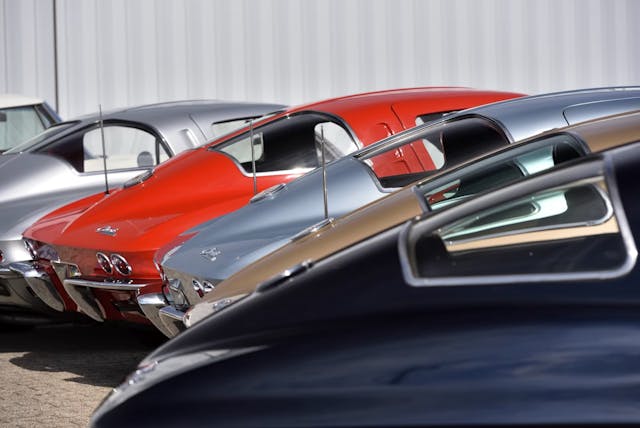
So what kind of money are we talking about here?
The most expensive of the seven Split-Windows is likely to be the Daytona Blue one. It has the coveted Z06 performance package, as well as an interesting backstory: It was exported new to Australia, where it was converted to right-hand drive. All the Colorama Corvettes have some version of the 327-cubic-inch V-8 and four-speed manual transmissions; this one has 360 horsepower. (The 327 also came in 300- and 340-horsepower versions, and all are represented in this group.) Mecum is valuing the Australian Z06 at $450,000–$500,000.
The Riverside Red Split-Window carries Mecum’s lowest estimate at $225,000–$275,000. It’s a lovely numbers-matching car, with low-mileage (47,844), and was the subject of a body-on restoration and an engine rebuild. However, it doesn’t have fuel injection (four of the seven cars do), and it doesn’t have the provenance the rest have, such as a Bloomington Gold certification.
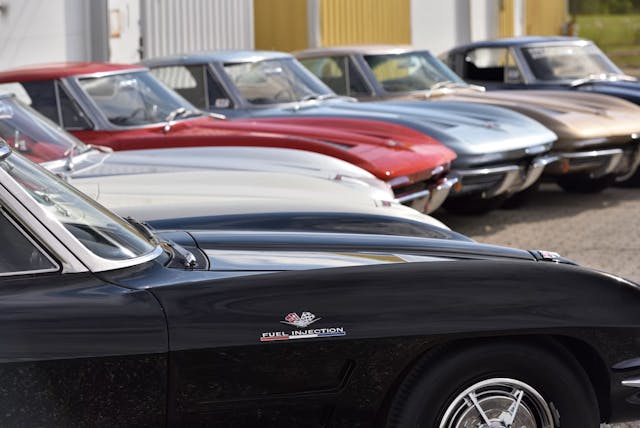
The remainder of the cars are valued slightly higher than the Riverside Red representative, and less than the Z06. Perhaps the most interesting of that lot is the Ermine White model ($250,000–$275,000). It was a present from Jesse James (West Coast Choppers, Monster Garage) to actress Sandra Bullock, presumably during their marriage, which lasted from 2005 to 2010. Bullock subsequently donated the Corvette to charity (sigh). As for James, he is currently married to adult film star Bonnie Rotten. Bullock never remarried.
Click here for the Mecum listing of the Colorama Split-Window Collection. You can also click here to look at the spilt-window Corvettes that ProTeam Corvette Sales has in stock, starting at $149,000 for a Riverside Red model.
***
Check out the Hagerty Media homepage so you don’t miss a single story, or better yet, bookmark it. To get our best stories delivered right to your inbox, subscribe to our newsletters.
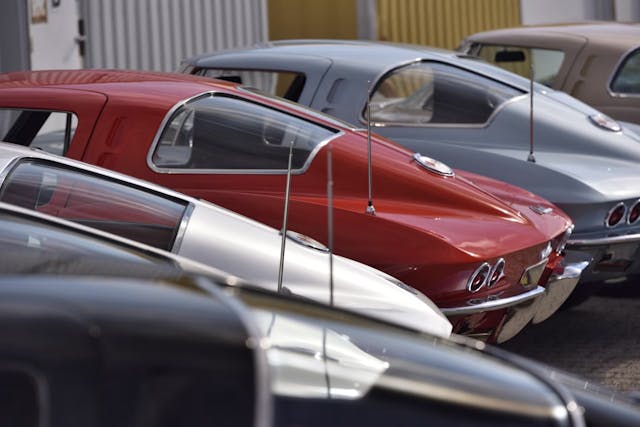

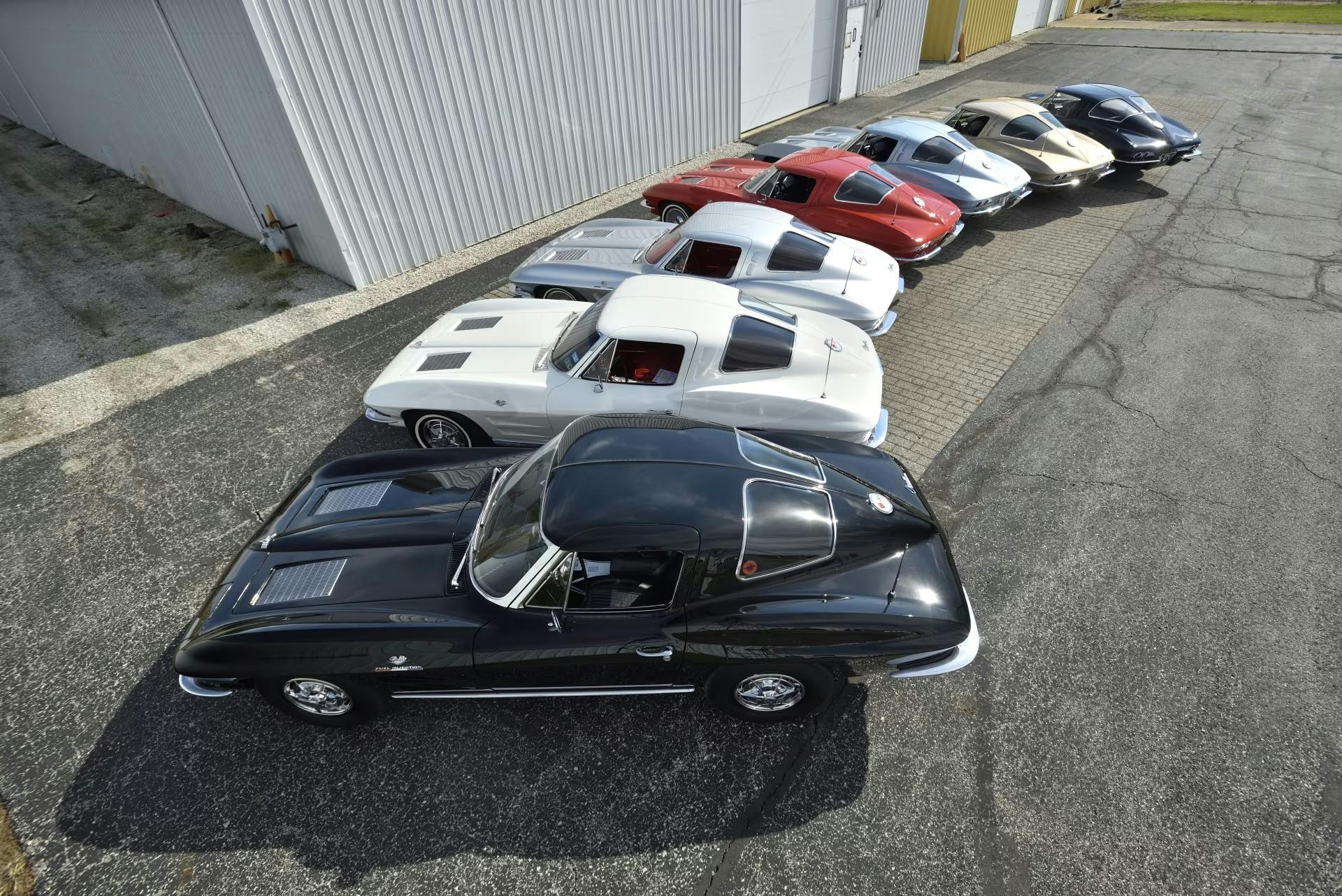
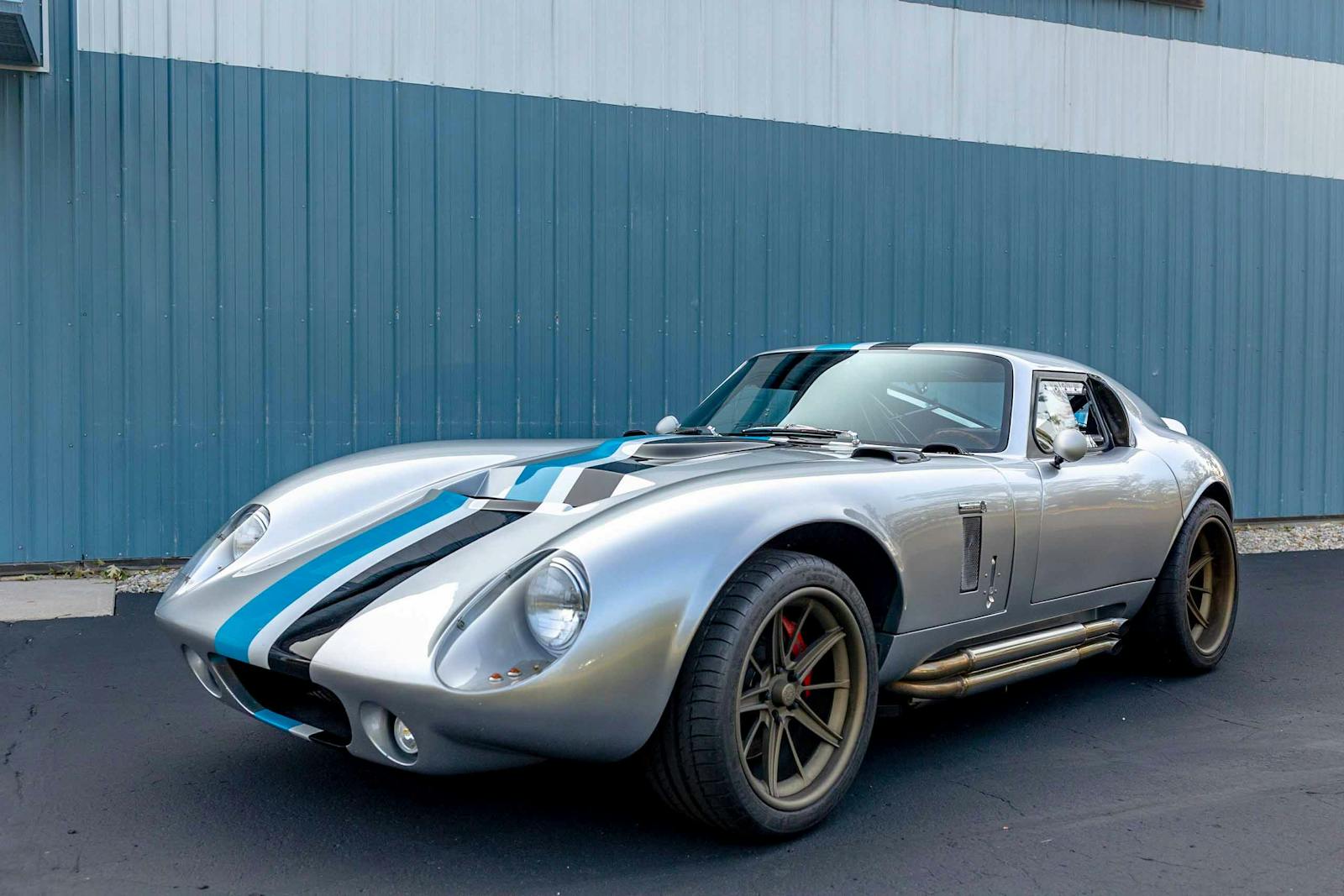
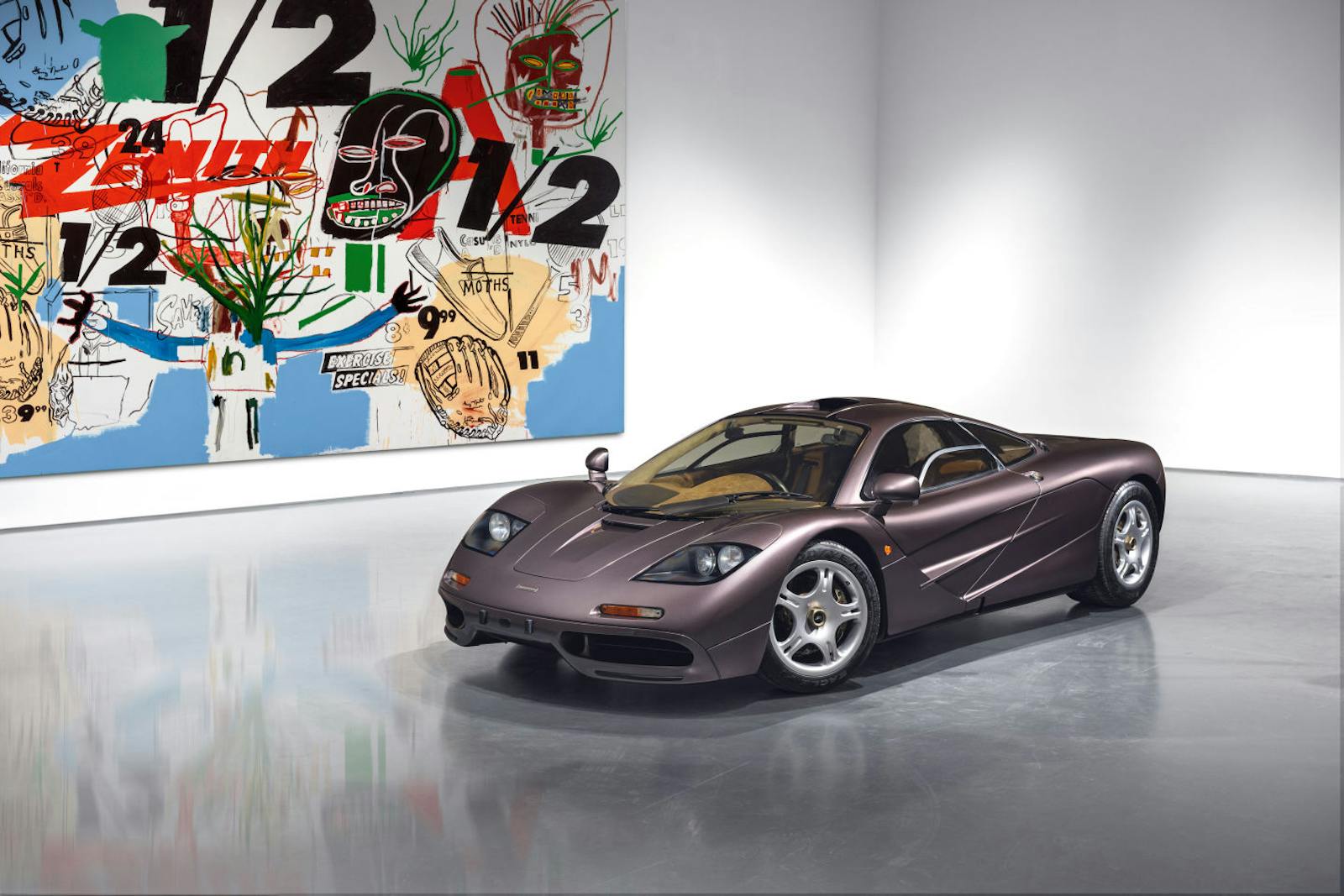
First I would have the FI but I want red. The Blue Z06 is tempting but i would want left hand drive.
I think I will pass LOL!
For a guy like me it seems a no-brainer: the red one is lowest mileage, hasn’t got a bunch of provenance encumberments so it can actually be driven, and it’s valued as the cheapest!
BTW, throwing the Jesse/Sandra albatross on the white one’s neck is a low blow – probably reduced the potential bidding by 30%.
The 327 also had a 250 hp version (base model).
For me it would have to be the silver blue – I love that color.
Any 1 Would Be ONLY a Dream !!!!!!!!!!!!!!!!!
I would go for the Tuxedo black one first, and the red one second. I’m not into white cars in general, and the gold silver, and pale blue are not sporty enough for me in that body style.
Proof reading or spell check should be done before posting an article. Several times the word “Spilt-window” shows up. Ugh.
I’d take the black one, but would rather have a ‘67.
I think they do it on purpose so people like you have something to complain about.
Good one ! Why does it anger people so much that it’s their first part of the comment !
BTW Silver is my choice.
Not Sliver? Why not?
agreee
So now do you have your complaining for the day out of your system ???? “We Don’t Need No Stinkin Spell Checkers” 🙂
It seems you figured it out. If they are giving the car away color wouldn’t be a concern.
The red one, obviously.
I’d take the Daytona blue one as it would match up with my 1964 Daytona blue Corvair Spyder convertible that I refer to as my mini Corvette.
I would take the convertible-colored one. Not a big fan of the C2 coupe, and I really don’t like the split-window model.
And…yet another reminder of what a fool Jesse James really is.
i would pick the black coupe. i own a black swc with red interior since 1963 ,one owner ME.
Silver Blue for me. The coach at my high school had one in Silver Blue. It was already in need of paint, back in 1972, so he let us wrap it in chicken wire and stuff it with brown and white crepe paper in the shape of a football for the homecoming parade. Since I was the only one that could drive a manual transmission, I got to move it around while we were working on it. I was only 15 at the time. I’ll never forget it.
The article says: “For the rear window, they decided to use two pieces of glass…”.
I’m no Corvette expert – maybe one of you who is can clarify this – but I had heard that in 1963, Chevrolet couldn’t find a supplier who could fabricate that highly curved section of glass in one piece, so they were forced to use two, separate panels. Arkus Duntov hated the resulting obstructed rear visibility and by 1964 the problem of making the rear glass in one piece was solved.
Is that true, or just a myth?
Myth. Bill Mitchell was very adamant about the split rear window, and he has been quoted while he was defending it by saying “ if you take it out, you might as well forget the whole thing.” He wanted the body line to run from the top of the windshield to the tail. A ton has been written about the arguments over it being there. In my nearly 50 years of owning and restoring Corvettes I have never heard the myth of Chevrolet not being able to form a one piece curved rear glass for the C2 coupes. Mitchell got his way for one year only and complained about its removal for years after.
I agree with Fred Brooks. Throughout the 50’s compound curve glass was used by most automotive manufacturers. So, there would have been no reason not to have a one piece rear glass in 1963. Mitchell knew what he was doing. Too bad buyers complained about rear vision through the split window style. I’ve heard of 63 owners converting their rear window to one piece after 64!!
Regarding the dolit window. Did Bill Mitchell want to emulate this!
https://youtu.be/6vk16a8Cp1A?si=f6Lqh_B5nS0-EHVq
Regarding the split window. Did Bill Mitchell want to emulate this!
https://youtu.be/6vk16a8Cp1A?si=f6Lqh_B5nS0-EHVq
The black one for me. But I’d prefer the red interior with the black. You’re a lucky guy, Alfred!
Which color had the lowest production numbers?
Saddle tan would be my choice from this group of cars.
In their souls, all Corvettes are red, no matter what color GM paints them. BTW, I drive a red 1994 Coupe.
Yes, all Corvettes are RED, at least on race day!
I have owned a Red ’71 Coupe 4-speed since 2001.
Silver with Red interior. No question…